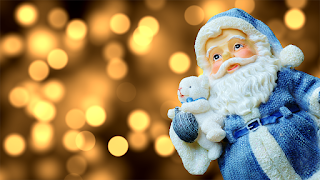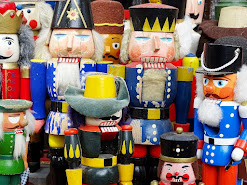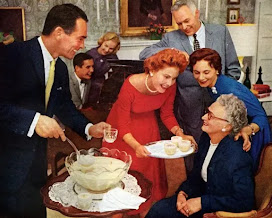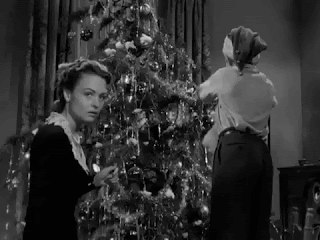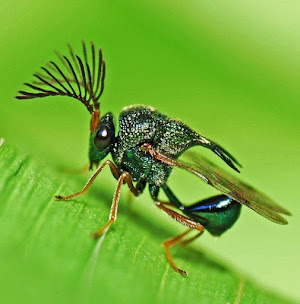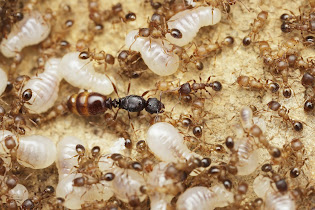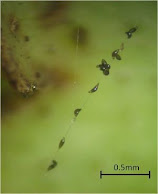Decorating and celebrating in retro ways seems to offer the modern reveler some comfort in the storm of current events. What better way to escape the inflation, social upheaval and pandemic that has colored all our lives than by retreating into an imagined time of good old days? In this blog, I have put together a smattering of Christmas joy ideas from the 1950s and 60s. I’ve chosen those decades because, frankly, I think they’re the most fun to replicate. It may be late in the season to do all this, but maybe do it next year, or pick a few
Décor - Artificial snow spray was patented in 1953, and it was a big hit immediately. After you spray some of this all over your tree, give you windows a good coating.. A word of warning, though: That stuff can be hard to get off surfaces.
Nutcrackers became a Christmas thing during the 50s. You could add one to your table or put it under the tree with the train, but really they can be as little or as big as you like and go almost anywhere.Although people don’t send out Christmas cards like they used to, you should prominently display any that you get.
Rudolph the Red-Nosed Reindeer first aired in 1964, so that little reindeer was very much a part of pop culture at the time. Any decorations that he's a part of are good.
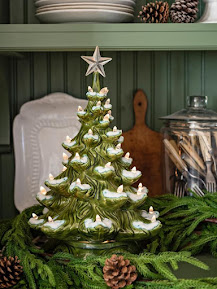 Kitsch is king in vintage decorations, so you have a great deal of leeway in choosing. Think rocking horses, Christmas villages, wreaths, tree toppers and wall hangings. All of these are available retro-style, extra-cheesy optional. Here’s some examples.
Kitsch is king in vintage decorations, so you have a great deal of leeway in choosing. Think rocking horses, Christmas villages, wreaths, tree toppers and wall hangings. All of these are available retro-style, extra-cheesy optional. Here’s some examples.Food - If you choose to do an authentic mid-century Christmas, you should commit to mid-century tastes. So, out with the paleo or keto routine and in with relish trays, Christmas cookies, elaborate cakes and even more elaborate appetizers, Jell-O molds and creamed onions. Or maybe not – here’s some menus to get inspired by. And don't forget the nut tray - it's the perfect accessory to your nutcracker because back in the day people would actually use them to crack nuts.
Drink - I don’t want to portray everyone as drinkers in the 50s and 60s, but the culture of cocktails was strong. Cocktail parties and boozy poker nights were common, so a proper host or hostess had a well-stocked bar. But no IPAs or flavored vodkas – we’re talking scotch, vermouth and gin. And whatever it is they need to make a Pink Gin Fizz. And there was eggnog, of course. This was a special favorite of those that “only drank on Christmas”. Holiday punch (spiked or not) was also popular. Here are some excellent cocktail suggestions that would be right at home at any mid-century gathering.
Dress Code - After you’ve dolled up your tree and house, get yourself all fancy. In the 50s, one always dressed up for Christmas. So, gentlemen get the tie out and ladies, put your heels on (I think you can skip the girdle, though).
Music - Although it should go without saying, I'm saying it anyway - no retro Christmas would be complete without a soundtrack of great mid-century Christmas crooners. Bing Crosby, Eartha Kitt, Perry Como and Dean Martin are some of my favorites but there is an abundance of goodness in Christmas music of the era.
Happy Holidays!
Submitted by Pam

